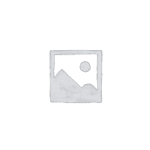OVERVIEW
Industrial packaging is projected to reach USD 84.26 billion by 2024, increasing to CAGR by 6.7% during the forecast period. The industrial packaging market is growing due to increasing trends in parent industries such as building, automotive, food & beverage, chemical and oil & lubricants.
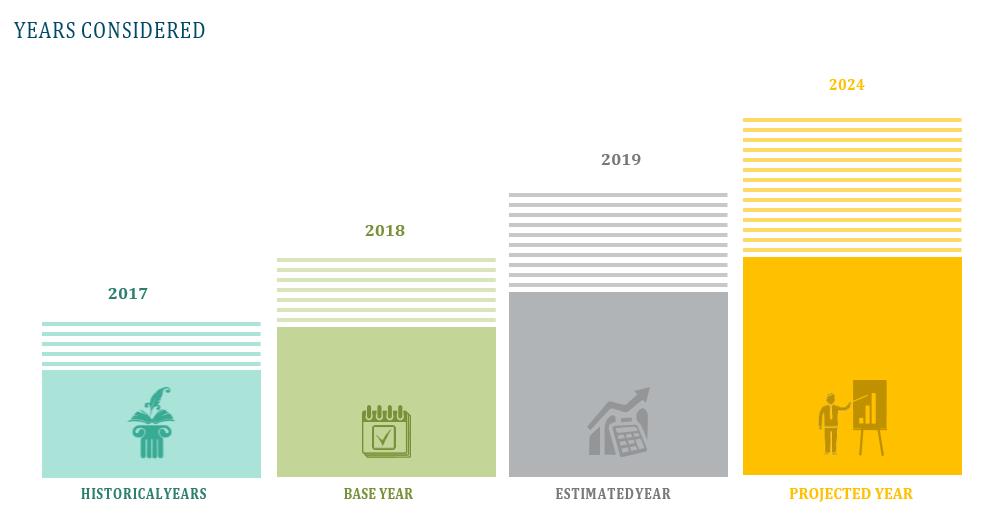


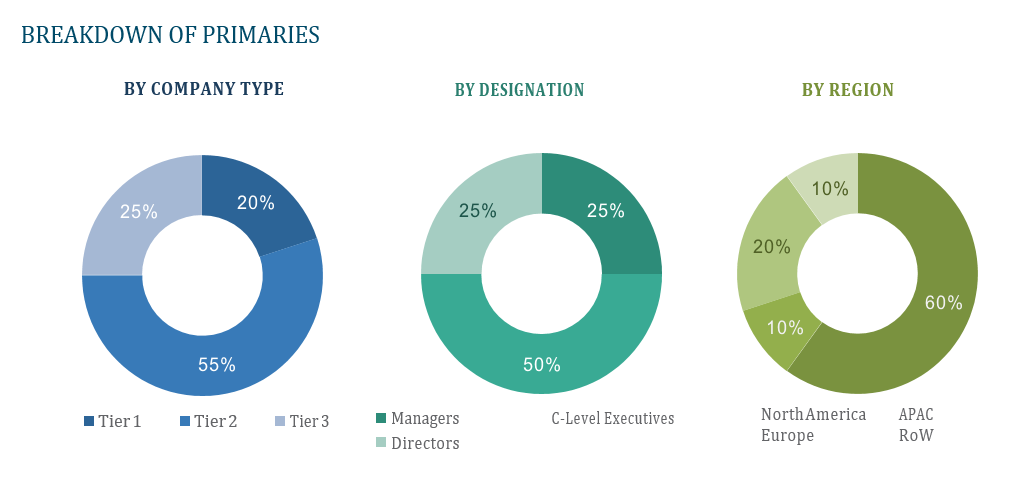
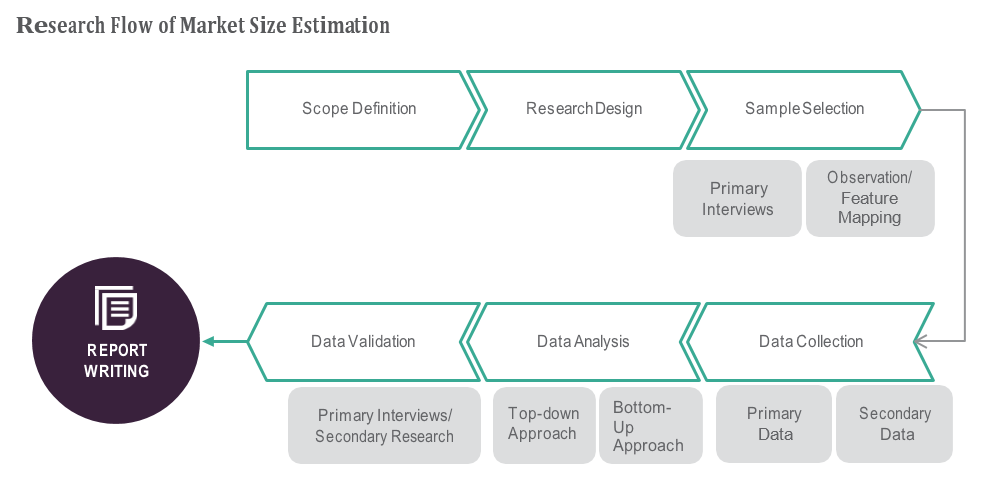

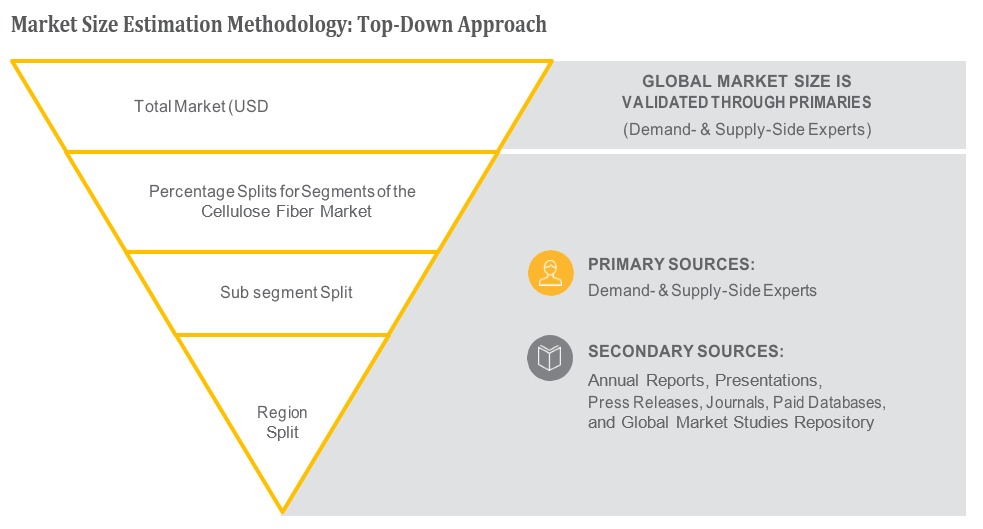
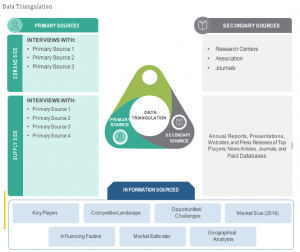
TABLE OF CONTENT
1 Global Industrial Packaging Market
1.1 Study Objectives
1.2 Market Definition
1.3 Study Scope
1.3.1 Markets Covered
1.3.2 Geographic Scope
2 RESEARCH METHODOLOGY
2.1 Research Data
2.1.1 Secondary Data
2.1.1.1 Key Data From Secondary Sources
2.1.2 Primary Data
2.1.2.1 Key Data From Primary Sources
2.1.2.2 Key Industry Insights
2.1.2.3 Breakdown of Primaries
2.2 Market Size Estimation
2.2.1 Bottom-Up Approach
2.2.2 Top-Down Approach
2.3 Market Breakdown and Data Triangulation
2.4 Research Assumptions
3 Global Industrial Packaging Market – Executive Summary
3.1 Market Revenue, Market Size and Key Trends by Company
3.2 Key Trends by type of Application
3.3 Key Trends segmented by Geography
4 Global Industrial Packaging Market – Comparative Analysis
4.1 Product Benchmarking – Top 10 companies
4.2 Top 5 Financials Analysis
4.3 Market Value split by Top 10 companies
4.4 Patent Analysis – Top 10 companies
4.5 Pricing Analysis
5 Global Industrial Packaging Market – Industry Market Entry Scenario
5.1 Regulatory Framework Overview
5.2 New Business and Ease of Doing business index
5.3 Case studies of successful ventures
5.4 Customer Analysis – Top 10 companies
6 Global Industrial Packaging Market – Market Forces
6.1 Introduction
6.2 Market Dynamics
6.2.1 Drivers
6.2.2 Opportunities
6.2.3 Challenges
6.3 Porters Analysis of Market
6.3.1 Bargaining power of suppliers
6.3.2 Bargaining powers of customers
6.3.3 Threat of new entrants
6.3.4 Rivalry among existing players
6.3.5 Threat of substitutes
7 Global Industrial Packaging Market – Strategic Analysis
7.1 Value Chain analysis
7.2 Product Life Cycle
7.3 Supplier and distributor analysis (Market share and product dealing strategies)
8 Global Industrial Packaging Market – By Pack Type (Market Size – & million/billion)
8.1 Drums
8.2 Containers
8.3 Pails
8.4 crates
8.5 Sacks
8.6 Others
9 Global Industrial Packaging Market – By Material
9.1 Metal
9.2 Plastic
9.3 Paperboard
9.4 Wood
10 Global Industrial Packaging Market – By Application
10.1 Building & construction
10.2 Automotive
10.3 Chemical & pharmaceutical
10.4 Oil & lubricant
10.5 Food & beverages
10.6 Others
11 Global Industrial Packaging Market – By Geography (Market Size – & million/billion)
11.1 Introduction
11.2 North America
11.2.1 US
11.2.2 Canada
11.2.3 Mexico
11.3 Europe
11.3.1 U.K
11.3.2 Germany
11.3.3 Italy
11.3.4 France
11.3.5 Spain
11.3.6 Rest of Europe
11.4 Asia-Pacific
11.4.1 China
11.4.2 Japan
11.4.3 India
11.4.4 South Korea
11.4.5 Rest of APAC
11.5 Rest of the World
11.5.1 South America
11.5.2 Middle East
11.5.3 Africa
12 Global Industrial Packaging Market – Entropy
12.1 New product launches
12.2 M&A’s, collaborations, JVs and partnerships
13 Global Industrial Packaging Market Company Profile (Key Players)
13.1 Market Share, Company Revenue, Products, M&A, Developments
13.2 Grief, Inc.
13.3 Amcor Limited
13.4 Mondi PLC
13.5 Sigma Plastics Group
13.6 Wuxi Sifang Drums Limited Company
13.7 Westrock Company
13.8 International Paper Company
13.9 Orora Limited
13.10 Mauser Group
13.11 Bemis Company, Inc.
13.12 Company 11 & more
14 Global Industrial Packaging Market – Appendix
14.1 Sources
14.2 Abbreviations










